Today we’ll be taking a look at something a little bit modern, the Netgear Telstra Cable Adapter (CM450-1TLAUS) which is a cable modem with just the one Gigabit Ethernet port and RF connector.
4 screws later and we’re in.
We have a single chip solution with a large heatsink and the RF side has the usual RF shield. They have exposed ground strips on 3 out of the 4 sides of the board and there are no electrolytic caps to be found, they even had a footprint for one to the left but had the option of SMD caps too. Interestingly there are 2x 4 pin headers, labelly nicely, one reads UART0 (BBS) and the other UART1 (LINUX).
We have some logic chips around, an LV132 Quad NAND gate and on the bottom an 74HC74D Dual D-Type Flip-Flop and an LM358 too. PCB Datecode is 45th week of 2016.
For the power side, we have 4x DC-DC converters with inductors ranging from small to large, the largest one is the Richtek RT7233 18V 4A while the others are 6 pin chips (2x 04-P0G, 1x C8-L2P) which I can only assume might also be Richtek chips as the DC-DC’s don’t use an external diode.
Under the heatsink we have our main chip, the heatsink is grounded with a few thin strips of copper kind of acting as a spring and some kapton tape protecting electrical connection to a little RF shield.
The main chip is the Broadcom BCM3383 SoC that can deliver voice, data and video services, runs with a multi-threaded 500-MHz processor and has dual-band (2.4/5.0GHz) concurrent Wi-Fi; not much other information is available on this chip. Running with a 54 MHz crystal.
Under the RF shield we the usual RF parts, gas discharge tube, inductor/transformer on it’s own little PCB and various other parts. There’s also the little RF shield, closer to the main chip which just has a couple of components.
For the memory, there is a Macronix 64Mbit Flash SPI (25L6433F) and a Samsung 1 Gbit DDR3 memory (K4B1G1646).
And that’s all.
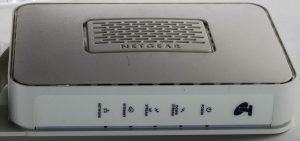
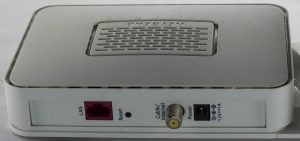
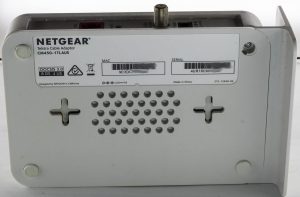
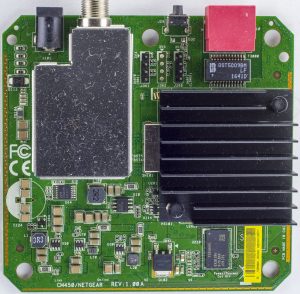
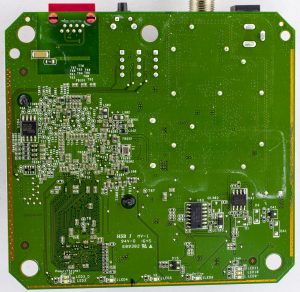
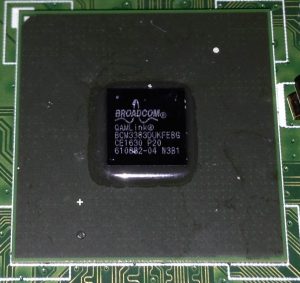
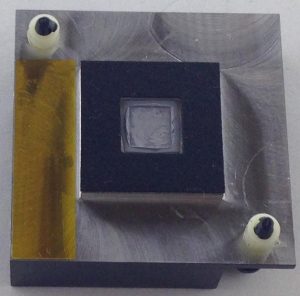
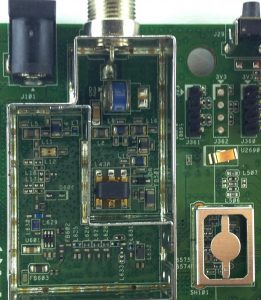
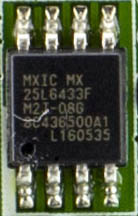
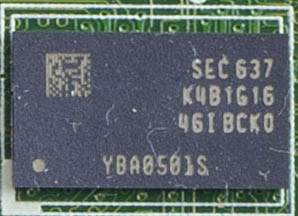





how about looking inside the door of a modern car? always wanted to see an attempt of reverse-engineering of such a part – how many wires are there, what is the power consumption profile, what’s the schematics of power supply, how many µcs are there, and so on and so forth.